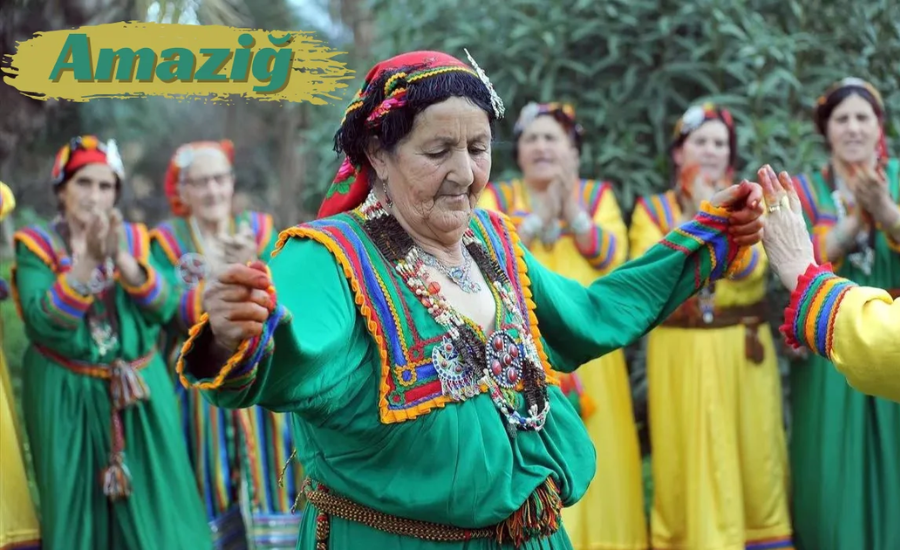Begin with a brief overview of the Amazig people as North Africa’s indigenous community, highlighting their millennia-old heritage and the continuity of their cultural and linguistic identity despite numerous historical challenges. Introduce key themes: their origins, language, cultural practices, and the modern-day efforts to preserve their unique identity.
Historical Roots and Early Civilization
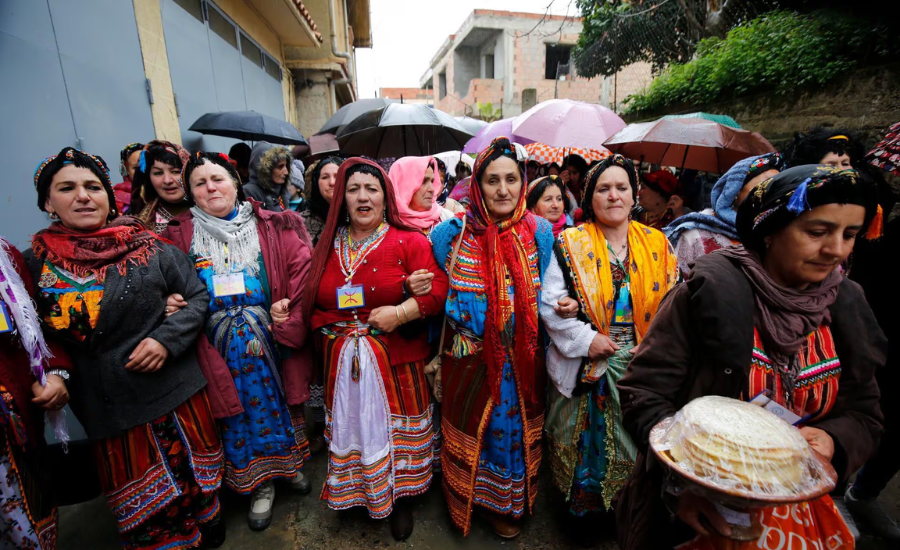
- Ancient Origins:
The Amazig, also known as Berbers, have maintained a continuous presence in North Africa for over 4,000 years, establishing themselves as one of the world’s most enduring indigenous groups. Their lineage traces back to early civilizations that flourished in regions stretching from the Mediterranean coastline to the Saharan interior..
- Interactions with Major Civilizations:
The Amazigh were active participants in North African trade and culture, interacting with powerful civilizations such as the Phoenicians, Carthaginians, and Romans. These exchanges left significant marks on Amazigh society; for example, their involvement with Phoenician trade routes enriched their economic and social structures, while the Carthaginians introduced new agricultural and architectural techniques.
- Influence of Islam and Arab Expansion:
With the arrival of Islam in North Africa in the 7th century, the Amazigh faced a new cultural and religious influence that would shape their society in profound ways. Many Amazigh communities embraced Islam, integrating it into their cultural framework, yet continued to retain a distinct identity. This period marked significant linguistic shifts, with the adoption of the Arabic language and script alongside the preservation of the Tamazight language.
- Amazigh Resistance:
Throughout history, the Amazigh have demonstrated an unwavering commitment to autonomy, resisting various empires and foreign powers, including Arab, Ottoman, and later European colonial forces. Their history of resistance reflects not only their desire for self-determination but also their determination to preserve their cultural heritage and identity against external domination.
Language and the Revival of Tamazight
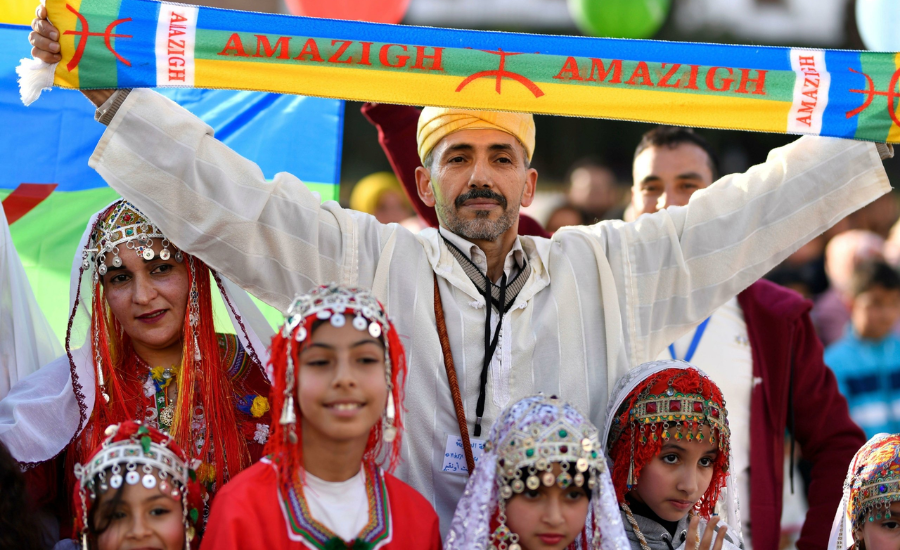
- Tamazight Language Family:
The Tamazight language, part of the Afroasiatic family, boasts a rich tapestry of dialects spoken across North Africa, reflecting the linguistic diversity within the Amazigh community. This language family encompasses various regional dialects, including Tachelhit, Tamazight, and Tarifit, each contributing unique phonetic and grammatical features. The geographical spread of Tamazight highlights the cultural variations among Amazigh groups, showcasing distinct traditions and histories.
- The Tifinagh Script:
The Tifinagh script, one of the oldest writing systems still in use today, holds significant cultural and historical importance for the Amazigh. With roots dating back to ancient North Africa, Tifinagh embodies the Amazigh identity and heritage. Originally used for inscriptions on rock surfaces and pottery, this script has experienced a revival in recent years, symbolizing a renewed pride in Amazigh culture.
- Revitalization Efforts:
In recent decades, there has been a concerted effort to revitalize the Tamazight language, particularly in Morocco and Algeria. Educational initiatives have emerged to incorporate Tamazight into school curricula, allowing younger generations to learn their ancestral language alongside Arabic and French. Media initiatives, including the establishment of radio and television programs broadcast in
- Challenges of Language Preservation:
The revival and preservation of Tamazight encounter various social, political, and economic challenges. Politically, the historical marginalization of the Amazigh language has resulted in a lack of institutional support, hindering official recognition and funding for educational programs. Socially, stigma and misconceptions about the language can deter individuals from learning or using Tamazight, particularly in urban areas where assimilation to dominant languages is prevalent.
Cultural Heritage and Oral Traditions
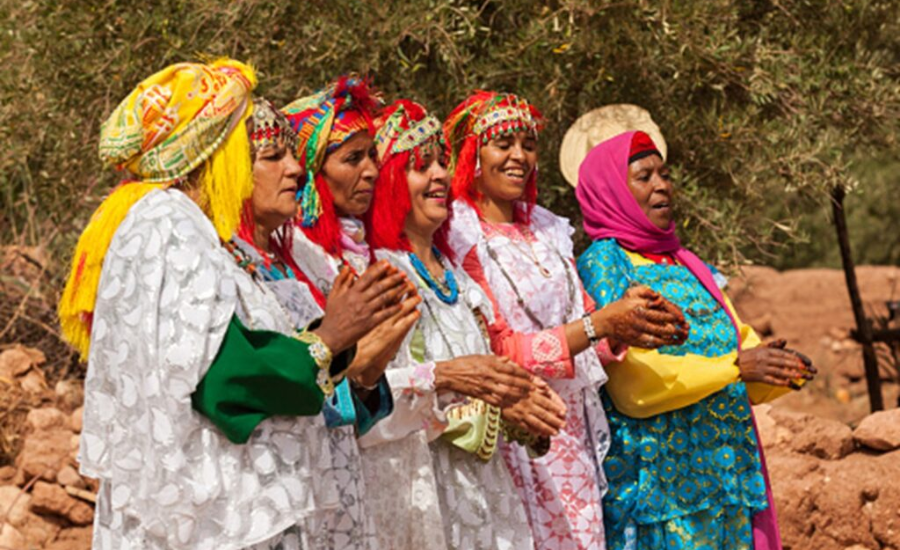
- Oral Storytelling:
The Amazigh possess a rich tapestry of oral traditions that serve as a vital means of cultural transmission and identity. Folktales, poetry, and songs are passed down through generations, preserving the community’s history, values, and moral lessons. These narratives often feature heroic figures, mythical creatures, and themes of love, bravery, and resilience, allowing individuals to connect with their ancestry and reinforce their cultural identity.
- Traditional Music and Dance:
Music and dance are integral to Amazigh cultural expression, reflecting the community’s heritage and vitality. The rhythms and melodies are characterized by the use of traditional instruments such as the bendir (a type of frame drum), gembri (a three-stringed lute), and zorna (a wind instrument), which create vibrant soundscapes that resonate during festivals and community gatherings.
- Handicrafts and Symbolic Art:
Amazigh artistry is renowned for its intricate handicrafts, which embody cultural heritage and identity. Silver jewelry, known for its unique designs and elaborate craftsmanship, often features symbolic motifs that reflect Amazigh beliefs and values, such as fertility, protection, and strength. Similarly, carpets and textiles showcase vibrant colors and geometric patterns that tell stories of the community’s history and environment.
- The Amazigh Flag:
The Amazigh flag is a powerful symbol of identity and unity for the Amazigh people, encapsulating their aspirations and cultural heritage. Its vibrant colors—the blue representing the Mediterranean and the sky, the green symbolizing the land and nature, and the yellow denoting the sun and the Sahara—reflect the diverse landscapes of the Amazigh homeland. The central red letter “Y” (ⵢ) stands for “Amazigh” and signifies the struggle for identity and freedom.
Festivals and Community Celebrations
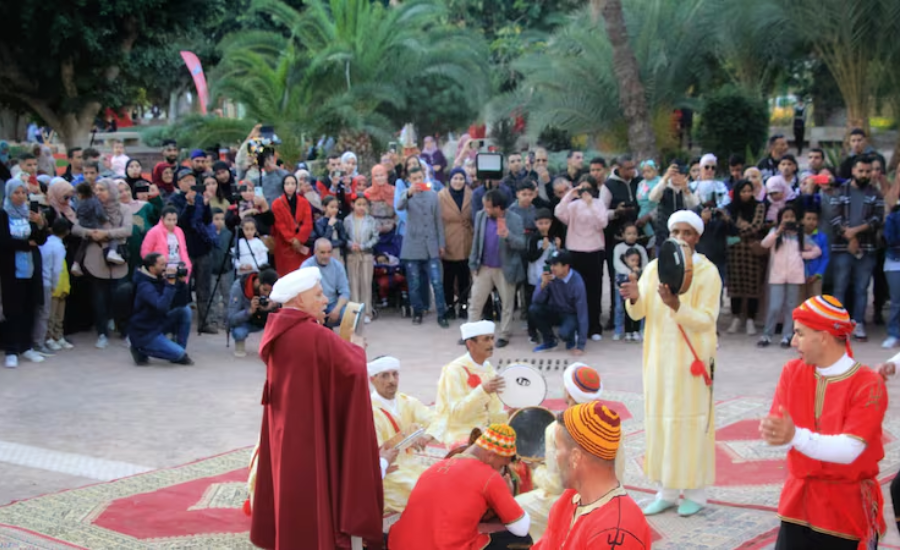
- Yennayer (Amazigh New Year):
Yennayer, celebrated on January 12th, marks the beginning of the Amazigh New Year and holds immense cultural significance for the Amazigh community. This festival is steeped in rich customs and traditions that reflect the community’s deep-rooted connection to its history and identity.
- Tafsut (Spring Festival):
Tafsut, or the Spring Festival, is another cherished celebration that pays homage to the renewal of nature and the arrival of spring. This vibrant festival reflects the deep appreciation the Amazigh have for their environment, marking a time of growth and fertility.
- The Role of Festivals in Identity Preservation:
Festivals such as Yennayer and Tafsut play a crucial role in the preservation of Amazigh identity, acting as vibrant platforms for cultural transmission and education. These celebrations provide opportunities for older generations to pass down traditions, customs, and values to younger community members.
Amazigh Community in Modern Society
- Migration to Urban Centers and Diaspora Communities:
Examine the urbanization of Amazigh populations and the formation of a diaspora, with a focus on how these shifts affect cultural identity.
- Amazigh Cultural Associations Abroad:
Explore the initiatives of diaspora communities to preserve Amazigh heritage through cultural groups, festivals, and educational programs.
- The Role of Social Media and Digital Platforms:
Discuss how younger generations are using digital tools to reconnect with their heritage, share stories, and advocate for Amazigh rights on a global scale.
Political Movements and Recognition Efforts
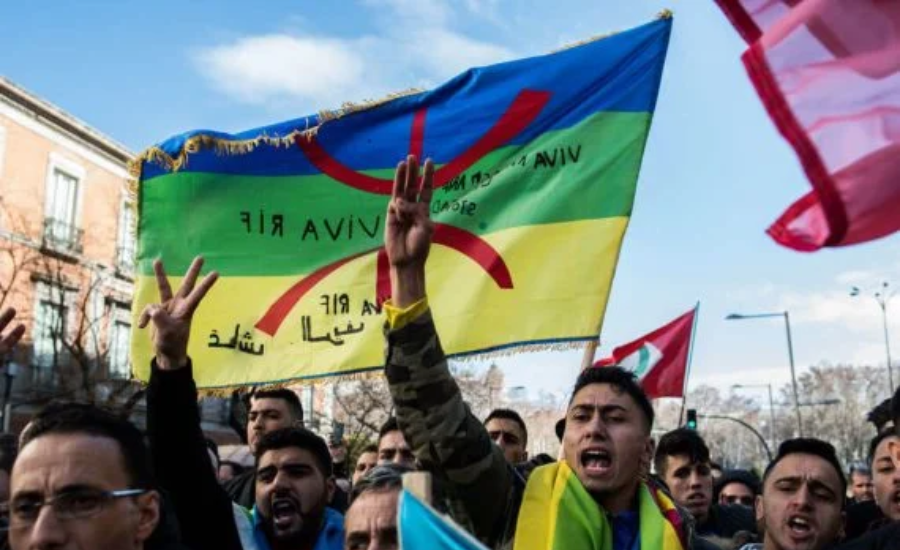
- Advocacy for Cultural Rights:
Detail the efforts and challenges in gaining political recognition for Amazigh identity and Tamazight as a national language in North African countries.
- Legal Milestones in Morocco and Algeria:
Highlight the significant progress made, such as constitutional recognition of Tamazight, and ongoing issues where rights are still limited.
- Continuing Struggles for Representation:
Discuss the push for further cultural and political autonomy in regions with large Amazigh populations, and the broader implications for indigenous rights in North Africa.
Economic Contributions and Traditional Livelihoods
- Agriculture and Pastoralism:
Describe traditional Amazigh involvement in agriculture and pastoralism, noting how these lifestyles connect the community to their land and heritage.
- Tourism and Handicrafts:
Explore how Amazigh craftsmanship in textiles, pottery, and jewelry contributes to local economies and the tourism sector, highlighting the appeal of their unique cultural expressions.
- Modern Economic Adaptations:
Describe the shift of some Amazigh communities towards entrepreneurship, including urban professions, tourism, and craft export markets.
Challenges to Cultural Preservation in a Globalized World
- Impact of Urbanization and Globalization:
Examine how increasing urbanization and global cultural influences are affecting traditional Amazigh practices and lifestyles.
- Loss of Heritage Among Younger Generations:
Discuss concerns over cultural disconnection among younger Amazigh in cities and the diaspora.
- Efforts to Counter Cultural Erosion:
Describe initiatives to educate youth on Amazigh history, promote language learning, and organize cultural events that sustain interest in Amazigh heritage.
Current Preservation Initiatives and Future Prospects
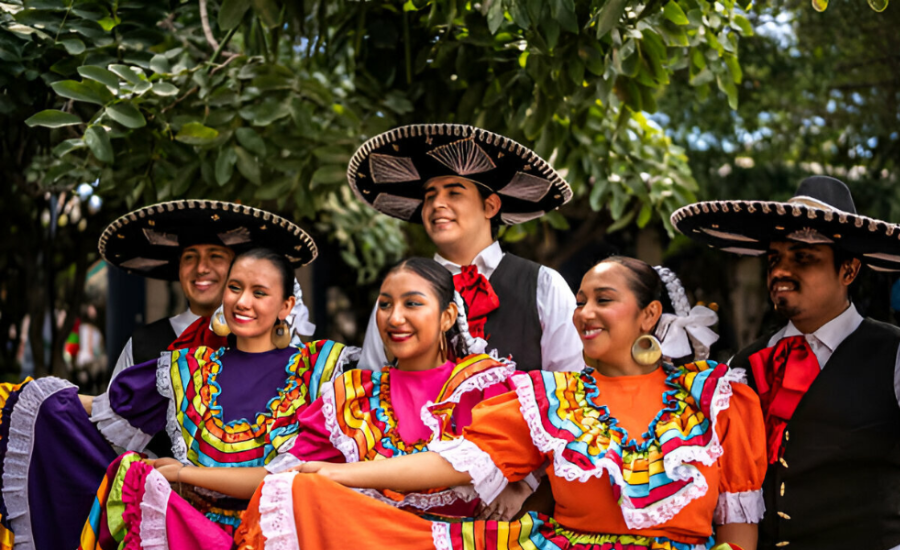
- Language Education Programs:
Detail ongoing efforts to include Tamazight in schools and universities, particularly in regions with large Amazigh populations, and highlight obstacles faced in formalizing its teaching.
- Documentation of Oral Histories and Folklore:
Emphasize the importance of recording oral traditions and the role of community elders in passing down wisdom and cultural knowledge.
- Institutional and Governmental Support:
Discuss the role of governments, NGOs, and international organizations in supporting preservation programs, and the need for increased investment in these areas.
- Community-Led Initiatives for Self-Preservation:
Highlight grassroots projects initiated by Amazigh individuals and communities to sustain their language, heritage, and identity.
Facts
- Ancient Heritage:
The Amazigh people have inhabited North Africa for over 4,000 years, establishing themselves as one of the world’s most enduring indigenous communities.
- Language Diversity:
The Tamazight language belongs to the Afroasiatic family and includes several dialects, such as Tachelhit, Tarifit, and Tamazight, showcasing the linguistic diversity of the Amazigh community.
- Tifinagh Script:
Tifinagh, one of the oldest scripts still in use today, symbolizes Amazigh identity and heritage. It has seen a revival in modern education and media.
- Cultural Celebrations:
Significant festivals such as Yennayer (Amazigh New Year) and Tafsut (Spring Festival) reflect the Amazigh people’s connection to nature and community, serving as vital platforms for cultural transmission.
- Resistance to Domination:
The Amazigh have historically resisted various empires and colonial powers, including Arab and European forces, in their quest for autonomy and preservation of their cultural identity.
- Contemporary Recognition:
In recent decades, there have been efforts for political recognition of Amazigh identity, including constitutional acknowledgment of Tamazight as an official language in Morocco and Algeria.
- Economic Contributions:
Traditional Amazigh livelihoods include agriculture and pastoralism, while craftsmanship in textiles, pottery, and jewelry significantly contributes to local economies and tourism.
- Challenges of Urbanization:
Urban migration and globalization pose challenges to the preservation of Amazigh culture, leading to concerns about cultural disconnection among younger generations.
FAQs
Q: Who are the Amazigh people?
A: The Amazigh, also known as Berbers, are North Africa’s indigenous community with a rich heritage and cultural identity that has persisted for millennia.
Q: What languages do the Amazigh speak?
A: The primary language spoken by the Amazigh is Tamazight, which includes several dialects and is part of the Afroasiatic language family.
Q: What is Yennayer?
A: Yennayer is the Amazigh New Year, celebrated on January 12th, marking the start of a new year with customs, feasts, and communal gatherings that emphasize unity and cultural heritage.
Q: How do the Amazigh preserve their culture?
A: The Amazigh preserve their culture through oral traditions, music, dance, and festivals, as well as through educational initiatives aimed at teaching younger generations about their heritage.
Q: What challenges do the Amazigh face today?
A: The Amazigh face challenges including political marginalization, the erosion of cultural identity due to urbanization, and the need for greater recognition and support for their language and customs.
Q: What role does social media play in the Amazigh community?
A: Younger generations use social media and digital platforms to reconnect with their heritage, share stories, and advocate for Amazigh rights on a global scale.
Q: What are the economic activities of the Amazigh?
A: Traditional Amazigh livelihoods include agriculture and pastoralism, while their craftsmanship in textiles, pottery, and jewelry also contributes to tourism and local economies.
Conclusion
The Amazigh people represent an enduring legacy of indigenous culture in North Africa, characterized by their rich history, diverse linguistic heritage, and resilient spirit. Despite facing numerous challenges, including political marginalization and the effects of globalization, the Amazigh continue to celebrate their identity through vibrant cultural practices, language revitalization efforts, and advocacy for recognition and rights. Festivals like Yennayer and Tafsut play essential roles in preserving their traditions, fostering a sense of community, and ensuring that younger generations remain connected to their ancestral roots. As the Amazigh navigate modern societal shifts, their ongoing efforts to sustain and promote their unique heritage will not only enrich their communities but also contribute to the broader narrative of indigenous rights and cultural diversity in the region.
Continue following up on this: Evolve To Future
